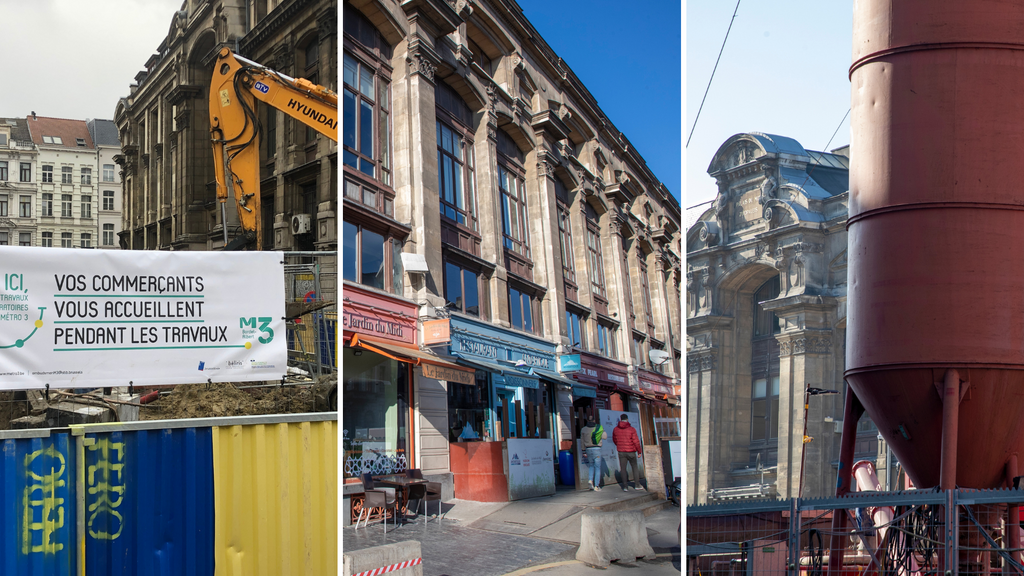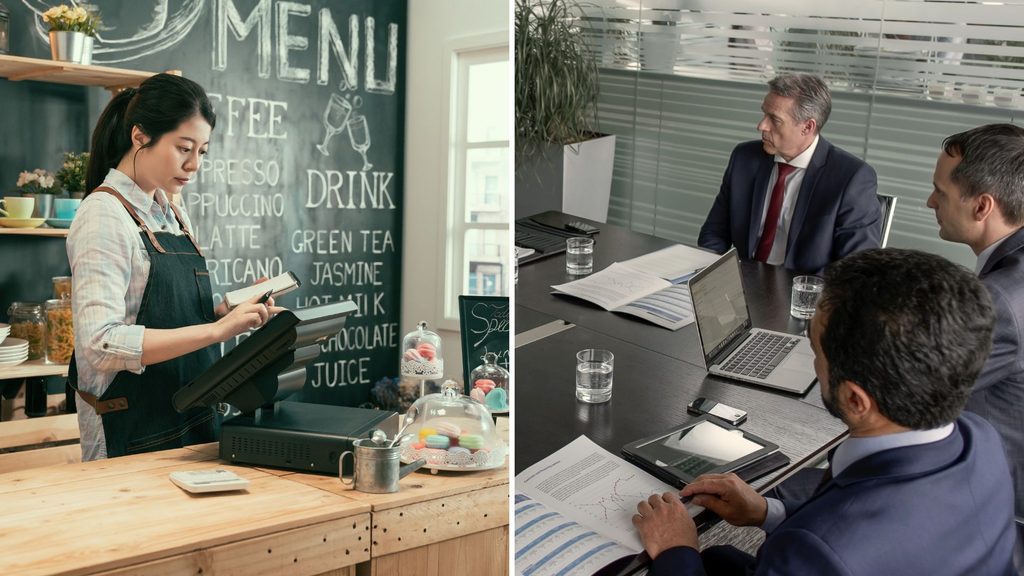Brussels is a changing city. Step off the train at Brussels-Midi Station and that much is plain to see. Less obvious is what it is becoming, with the official proposals hard to picture on the street.
As a local I'm confronted every day by the chaotic maze of construction sites that engulf this particular part of town; clearly something is in the works but what that is or when it might be complete I couldn't say exactly. The Stalingrad neighbourhood has become known for the avenue of shipping containers, reminiscent of the trendy "Box Parks" that brought hipster hospitality to less salubrious corners of London.
Except these stacks of metal boxes are not a novel take on street food in retrofit freight containers, rather the temporary home of businesses forced to relocate whilst renovations go on. And on.
Few dispute that it's a less-than-ideal situation. Though the architectural illustrations of how things will turn out are appealing, the time to realise the grand project is testing the patience of residents. And that's before the public cost is figured into the calculation. Work on Metro Line 3 has already overshot initial estimations by more than €2 billion. The final bill is likely to be even higher.
Brussels authorities have often been eager to aim high, portraying the capital as "world-leading" and befitting of elaborate public works. But as the scaffolding goes up, the vision is undermined by locals who worry the plans won't deliver on their needs and will come with enormous upheaval.
Whilst ministers touted Metro Line 3 as an opportunity for "urban renewal", campaigners have branded it "urbicide" as it transpires that the iconic Palais du Midi will have to be dismantled to carry out the work. It's an unfortunate sacrifice that State Secretary for Urban Development Ans Persoons argues cannot be avoided and one that will, eventually, create a more habitable environment whilst connecting the north and south of Brussels.
Having only assumed the role three months ago, Persoons has an undeniably tough task to champion a project already tainted in the public eye. Whilst the official commitment to Metro Line 3 remains, we might ask if Brussels has bitten off more than it can chew.
Belgium in Brief is a free daily roundup of the top stories to get you through your coffee break conversations. To receive it straight to your inbox every day, sign up below:
1. How Brussels is seeking to balance modernisation and heritage
The Brussels Government has often been criticised for prioritising modernisation and urban development over protecting heritage. However, State Secretary for Urban Development Ans Persoons believes a balance can, and must, be found. Read more.
2. Belgium's lowest and highest paying sectors revealed
New figures from Belgium's statistics office Statbel reveal that the country's highest-paid employees work in the petrochemical industry while those in the hospitality industry are paid the least. Read more.
3. 'Cannot rule out more shootings' of innocent bystanders, Brussels police chief warns
Due to increasing drug violence, not just in Brussels, but across the country, a senior police chief is fearing a spike in shootings which could put innocent bystanders at risk. Read more.
4. 'Huge impact': Flanders urged to adapt nitrogen decree
The agri-food industry urged the Flemish parliament on Monday to amend the nitrogen decree that is currently on the table, as it would have a "huge impact" that could lead to the loss of one third of jobs in the industry. Read more.
5. Football hooligans clash on Parvis de Saint-Gilles ahead of Brussels derby
Around 50 masked football hooligans – believed to be supporters of RWD Molenbeek – descended onto the Parvis de Saint-Gilles on Wednesday night to attack Union Saint-Gilloise fans. Read more.
6. Calls grow for European tax on banks as profit margins swell
Since summer 2022, interest rates for banks have soared, with the European Central Bank (ECB) on 20 September raising its benchmark deposit facility rate to a record high of 4.00%. Read more.
7. Hidden Belgium: Cinema Palace
It was once the biggest cinema in Brussels. When it opened in 1913, the Pathé Palace could hold 2,500 people. Designed by the architect Paul Hamesse, it was modelled on old Italian music halls. As well as films, it featured concerts and cabarets. Read more.


